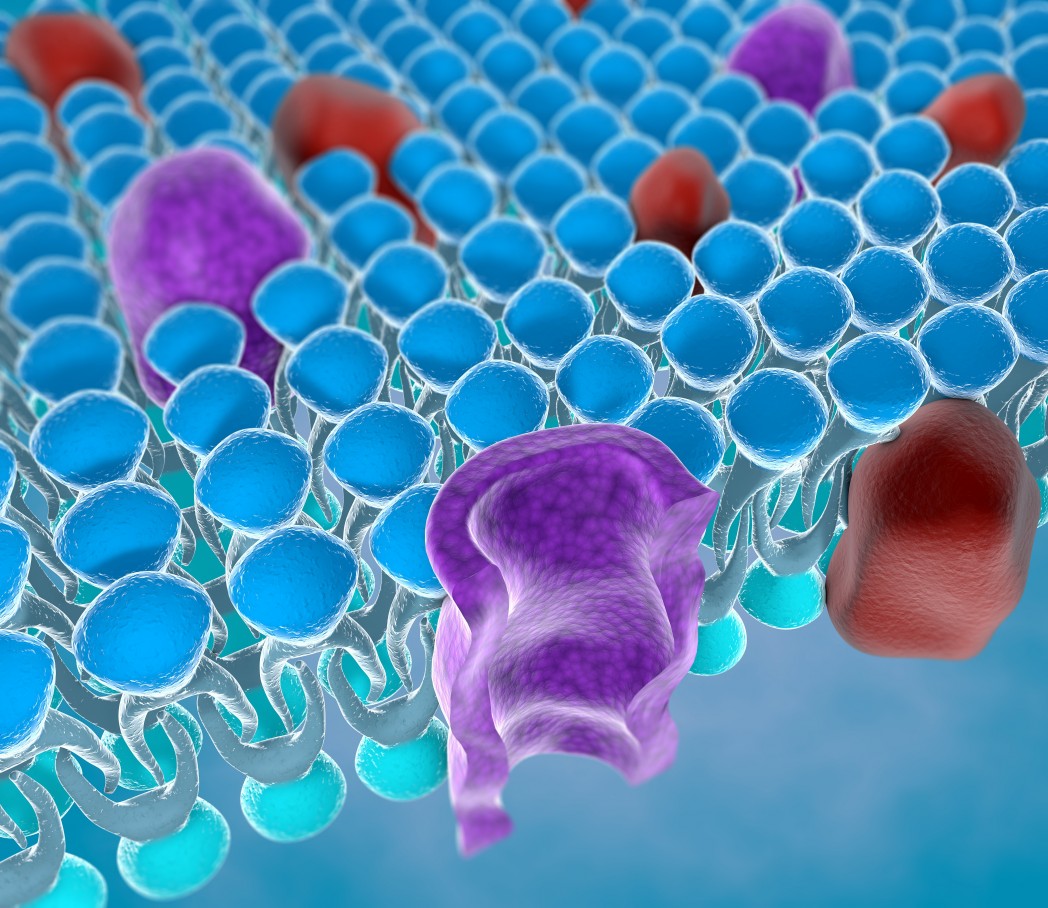ALS Mutations in Calcium Channel Seen to Disrupt Neurons That Help Control Movement

Researchers at the Czech Academy of Sciences report that two mutations, previously linked to amyotrophic lateral sclerosis (ALS), disrupt the ability of a calcium channel to transport calcium ions in nerve cells.
The study, titled “CACNA1H missense mutations associated with amyotrophic lateral sclerosis alterCav3.2 T-type calcium channel activity and reticular thalamic neuron firing,” and published in the journal Channels, increases our knowledge of genetic factors that might contribute to ALS development, and demonstrates that motor neurons aren’t alone in being affected by the disease.
Although ALS is not considered an inherited condition, researchers often identify newly formed mutations in sporadic ALS patients. At times, identifying mutations can be particularly difficult, especially with so-called recessive compound heterozygotes. This term describes a condition brought about by two different mutations in the same gene, mutations not able to cause disease when present on only one gene copy. When an individual carries two gene copies, mutated in different ways, disease can arise.
The fact that the two copies don’t hold the same mutation, however, makes it difficult for researchers to find the mutations and link them to a condition.
One such case was reported last year in a patient with early onset ALS. The man, diagnosed with ALS at 27, carried two mutations, inheriting one from each unaffected parent. The mutated gene, called CACNA1H, coded for a calcium channel that allows neurons to send electrical impulses.
To better understand how the mutations could have contributed to the man’s disease, Norbert Weiss and his team at the Czech Academy decided to study how they impacted the channel.
They found that both mutations virtually rendered the channel useless — unable to transport calcium ions. Next, they used computer generated models of neuron signaling to show that the mutations made neurons in the reticular thalamic nucleus — a brain region important to movement-related tasks — signal less frequently.
“This study not only provides new fundamental knowledge into the genetic of ALS, but establishes for the first time CACNA1H as a new susceptibility gene in ALS,” Weiss, an assistant professor at the academy, told ALS News Today.
The findings also suggest that brain structures other than motor neurons are affected and likely contribute to the disease.






